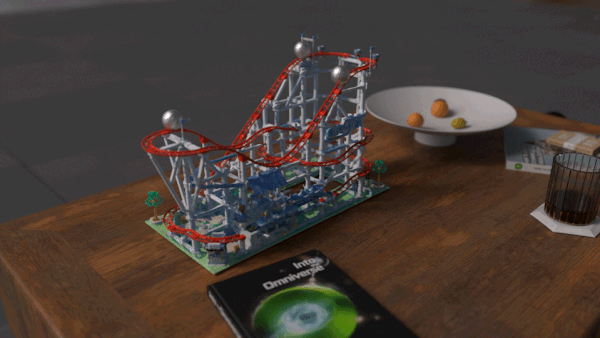
Next-generation AI pipelines have shown incredible success in generating high-fidelity 3D models, ranging from reconstructions that produce a scene matching given images to generative AI pipelines that produce assets for interactive experiences. These generated 3D models are often extracted as standard triangle meshes. Mesh representations offer many benefits, including support in existing��
]]>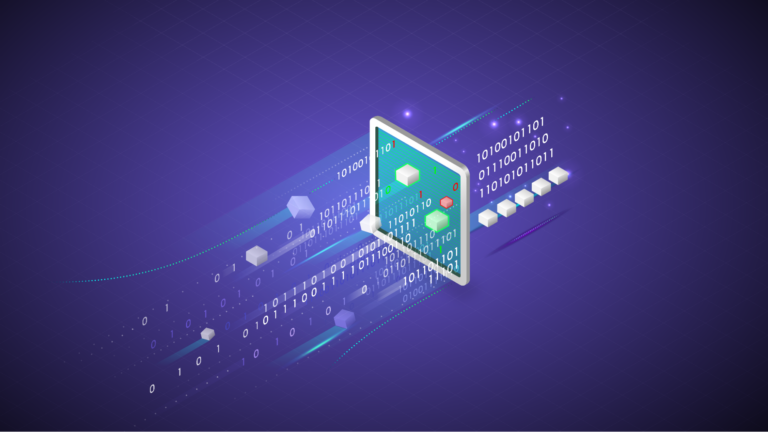
The latest developments in large language model (LLM) scaling laws have shown that when scaling the number of model parameters, the number of tokens used for training should be scaled at the same rate. The Chinchilla and LLaMA models have validated these empirically derived laws and suggest that previous state-of-the-art models have been under-trained regarding the total number of tokens used��
]]>
It is well-known that GPUs are the typical go-to solution for large machine learning (ML) applications, but what if GPUs were applied to earlier stages of the data-to-AI pipeline? For example, it would be simpler if you did not have to switch out cluster configurations for each pipeline processing stage. You might still have some questions: At AT&T, these questions arose when our��
]]>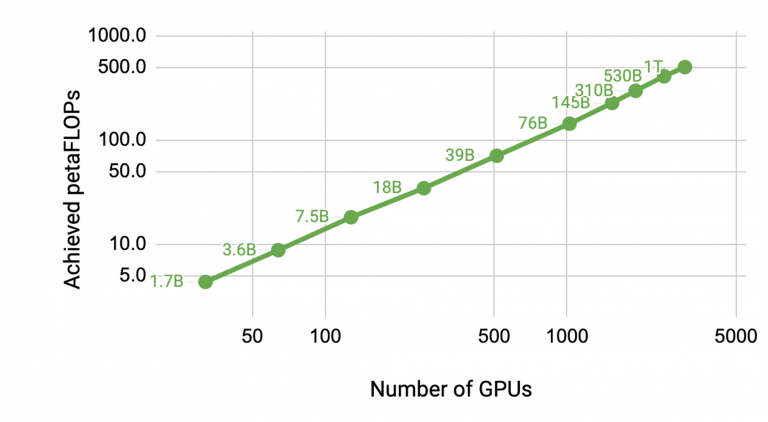
Natural Language Processing (NLP) has seen rapid progress in recent years as computation at scale has become more available and datasets have become larger. At the same time, recent work has shown large language models to be effective few-shot learners, with high accuracy on many NLP datasets without additional finetuning. As a result, state-of-the-art NLP models have grown at an exponential rate��
]]>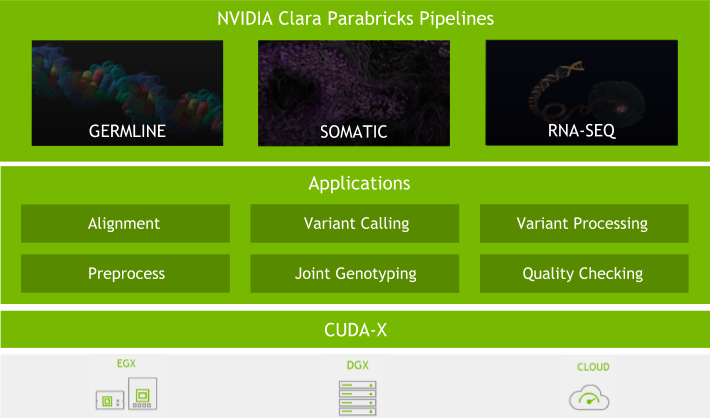
The world of healthcare is under a giant spotlight these days. In these unprecedented times, everyone is focusing on keeping loved ones safe and contributing to the community as much as possible. It is amazing to see how the community is uniting in the past two months, which has led to a global, rapid emergence of SARS-CoV-2 projects across the life sciences. At NVIDIA��
]]>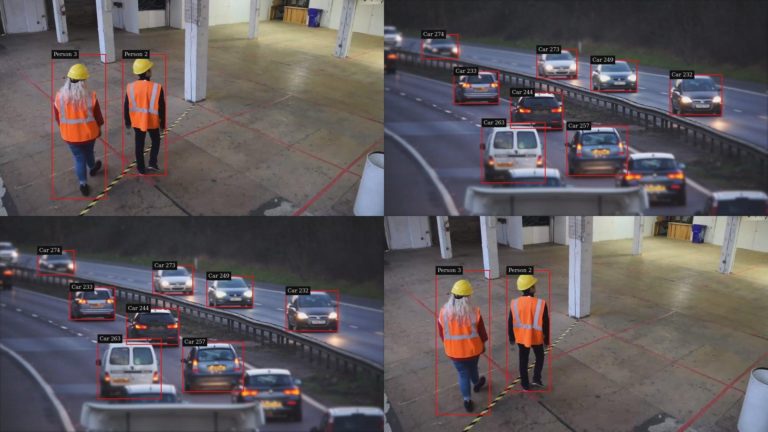
A media server provides multimedia all-in-one features, such as video capture, processing, streaming, recording, and, in some cases, the ability to trigger actions under certain events, for example, automatically taking a snapshot. For you to make the best out of a media server, it must be scalable, modular, and easy to integrate with other processes. One typical example is a GUI to control��
]]>